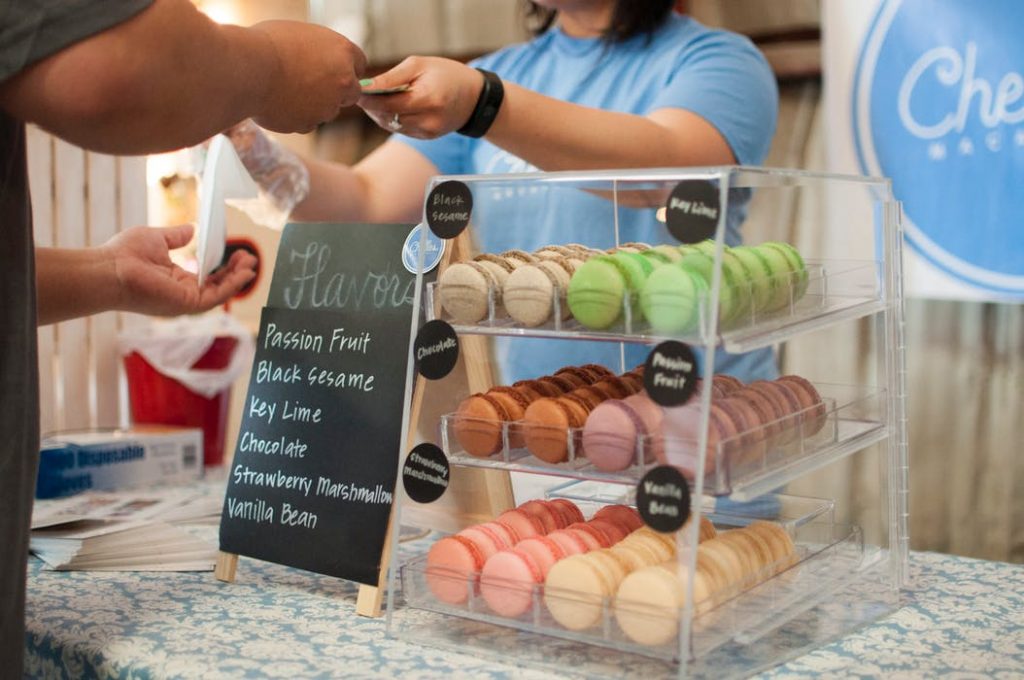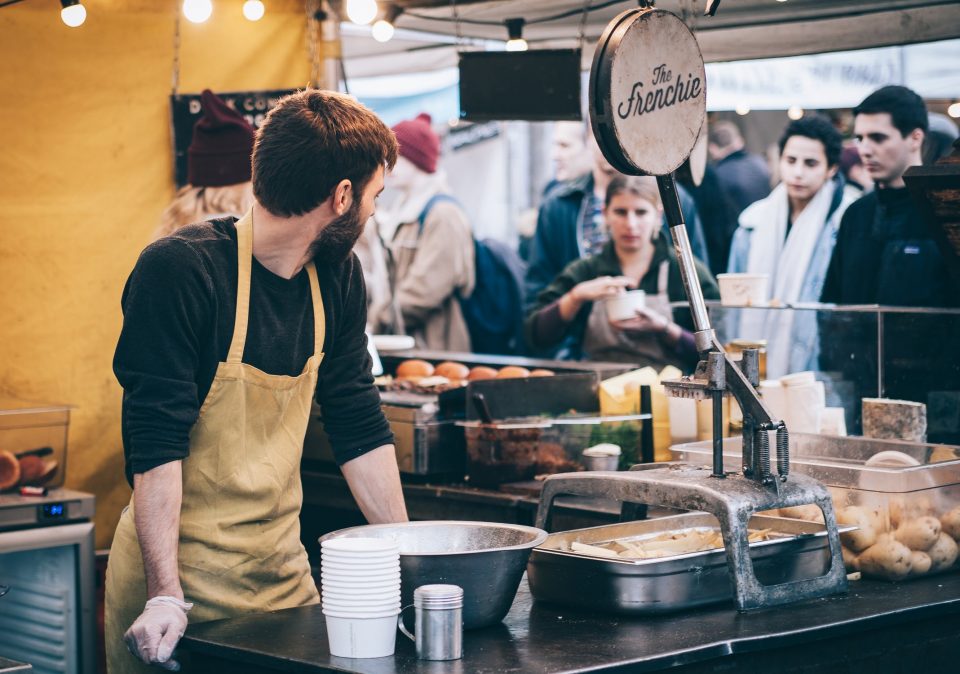Every aspect of restaurant layout design is a product of their aims and theory of the company. The larger the targets and theory, the more funds should go into layout components. The menu, clientele, and budgeting should all encourage the design of the restaurant to make one idea. At length, design components should encourage each other. No single component should stick out from others without needing to point clients in this way. For a good example of good restaurant layout design take a look at the Henry Jones Restaurant.
Prices: When designing the restaurant, it will be tempting to cut corners. However, doing this may result in long-term troubles and unnecessary renovations. Just like any other investment, it is important to think 10 to 20 years ahead when determining where and how to invest money throughout the design procedure.
Construction cost should be focused on areas where revenue is created. For many restaurants, this comprises the entry area, reception, bar, and dining area. An upscale restaurant needs upscale furnishings and layout components. A casual restaurant has the need to get at least a brand new, clean feeling to the ambiance. Next, remember the most important thing is that guests have good meals and clean, comfortable surroundings in which to enjoy it. A restaurant proprietor needs to be ready to spend what is needed to attain this.
Space: The type of lease/mortgage and property forms determines the amount of space you will get. You need to know how to make use of the available space in the property. Ample space needs to be provided to the kitchen for food storage and cooking gear. An area for employees and a supervisor's office are essential. Otherwise, revenue-generating places have to be maximized. Including the dining room, pub, and hostess stand, all of which should be big enough to achieve the aims of the company.
Entry: The entry is your first and last impression your company makes. It must be inviting, and it's to catch the heart of your restaurant. It needs to be large enough for visitors to collect if there is a delay, but not too large that it takes away space from the dining area and pub. A fantastic entry leads to the organic flow of a restaurant's design. It sends guests on their way to a destination. It gives a platform to the buzz of this construction. Something positive must be occurring within your building -- if it is great meals, a crowded pub, or even a feast event. This ought to be observable from the entry, and convince visitors to enter.
At the same time, the entry is usually also the way out for your customers. Consider also putting metal display stands with your packaged food products next to the cashier area before they leave to maximize profit.
Kitchen The kitchen really needs sufficient space for each the essential gear, and ample room for workers to do the job. Necessary equipment may contain ovens, stoves, broilers, fryers, a dish machine, double sinks, and lots of shelf space. A prep region and industrial sinks typically accompany dry storage area.
The kitchen needs to be just big enough to reach the aims of the restaurant. Workers need to have the ability to move smoothly and safely in a fast-paced, high-stress atmosphere.
Food storage space: There needs to be a lot of space for storage. This includes a walk-in fridge, a walk-in and a dry storage space with loads of counter space. A brand new, roomy walk-in fridge is a smart investment for a brand new restaurant because plumbing failures are common and may result in serious losses. Storage space needs to be in a corner or a lot wall of a kitchen and rather close to the supervisor's office. By being put in the corner, it is going to be more secure and less vulnerable to theft.
Office: The supervisor's office must be as small as possible while allowing the supervisor to do his business. Ideally, it should be at a safe place of this construction, far from the dining area, worker place, and the noise from the kitchen.
Employee Area: There has to be room for workers to congregate, shop personal belongings and hang jackets. There should also be room to get significant info to be conveyed, such as work schedules, managerial notices. The ideal chance to make this distance is generally in or adjacent to the kitchen space.
Eating Area: When designing dining area design, a couple questions stick out. Tables or stalls? Open or closely packed spaces? Dark or bright colors? Modern or traditional fittings? The reply to these questions includes the type of clientele your company is aiming for. The key thing is that finding a middle ground with one or more than one of these questions typically makes a dining room appealing to all clients. A dining place that also serves lunch in Hobart makes sure that the decor fits in nicely during the day as it is at night.
A dining area ought to have a good flow, from the reception to the bar to the dining area to the kitchen. Enclosed spaces and walls generate opportunities for big parties and banquets. Oftentimes, a wholesome blend of stalls, tables, big tables and personal spaces provide the best opportunity to maximize sales.

Bar: People should be able to understand the concept of the bar when they see the bar. At the exact same time, it must stand alone as a cozy destination for any dining experience that your restaurant provides. A fantastic pub space does, while being inviting and emphasizing the goods the bar sells to the customers. Use of strong yet interesting product displays is extremely important to make your guests want to use the goods that you offer.
Restrooms: The restrooms would definitely be the most underrated feature of the plan and layout of this building. Most visitors who dine at a restaurant will stop by the restroom throughout their time in the restaurant. The toilet needs to have fittings which lead to the feeling of cleanliness. It needs to be big enough to accommodate numerous guests without needing a room from the dining area.



